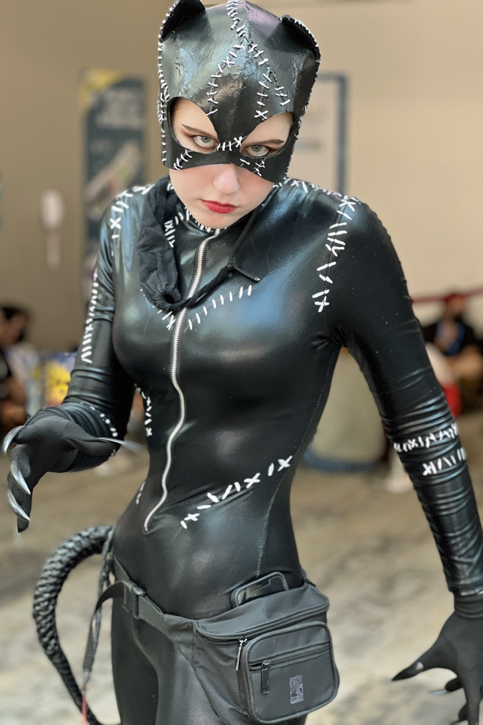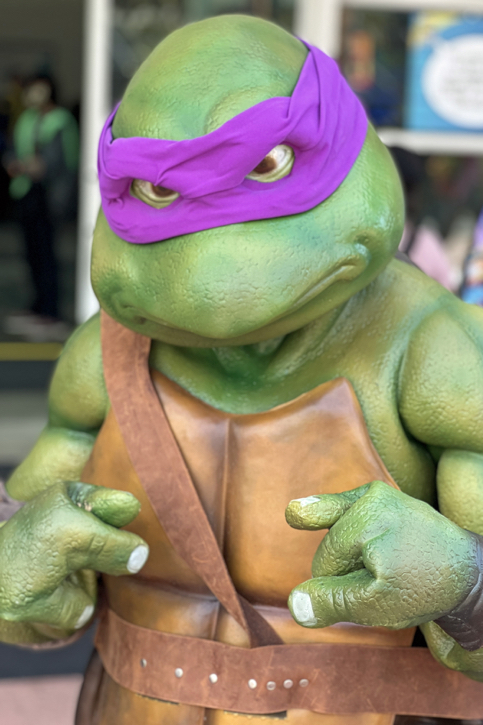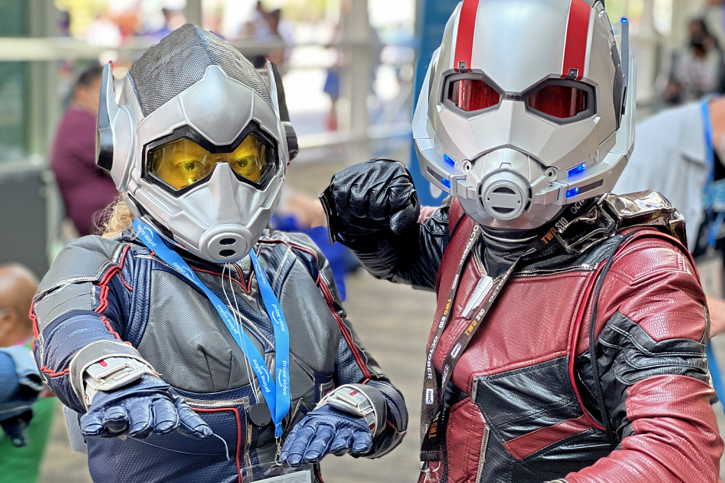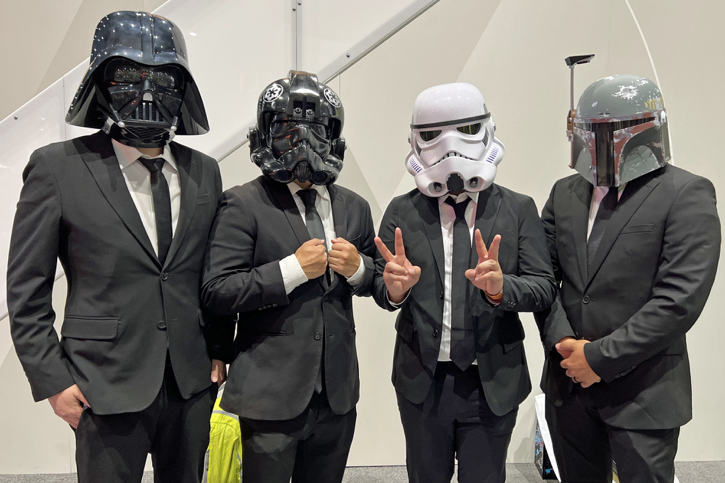Category: Original Art and The Artists
Cynthia Martin — Flashback To Ditko
Web of Spider-Man Annual #4, August 1988

Cynthia Martin flashes back to the first appearance of the Vulture form Amazing Spider-Man #2 with with this great opening splash page from 1988.
This August of course is a big milestone for everyone’s favor web slinger. He turns 60 this month with the anniversary of his first appearance in Amazing Fantasy #15.
We previously celebrated this anniversary with some great Spider-Man pages, and coming up are a few more to add into the mix to round out the month of August.

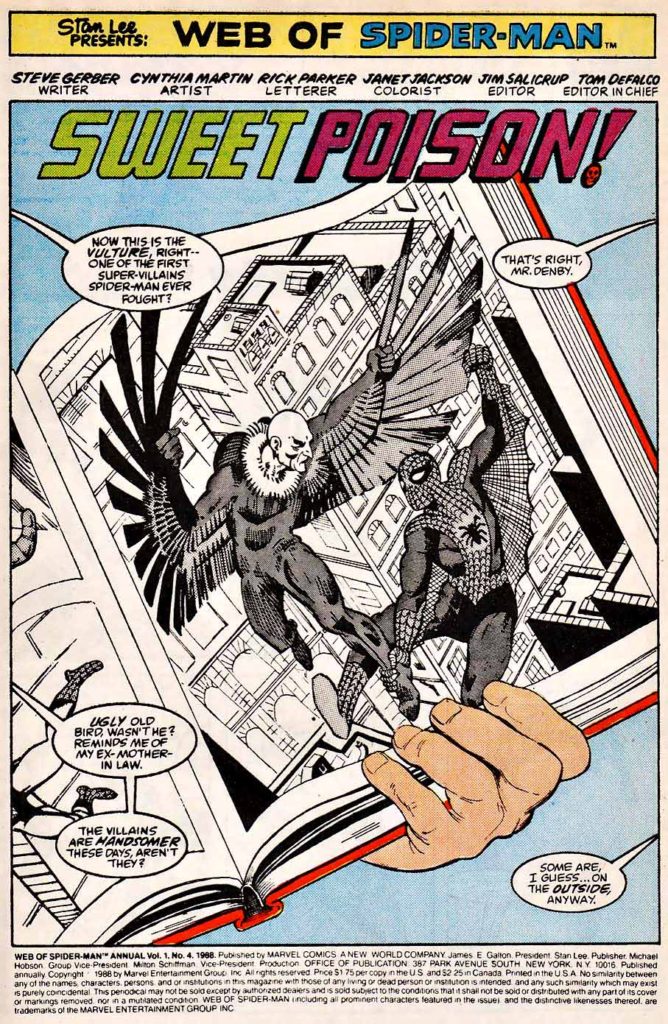


SDCC — 2022! (Part 2)








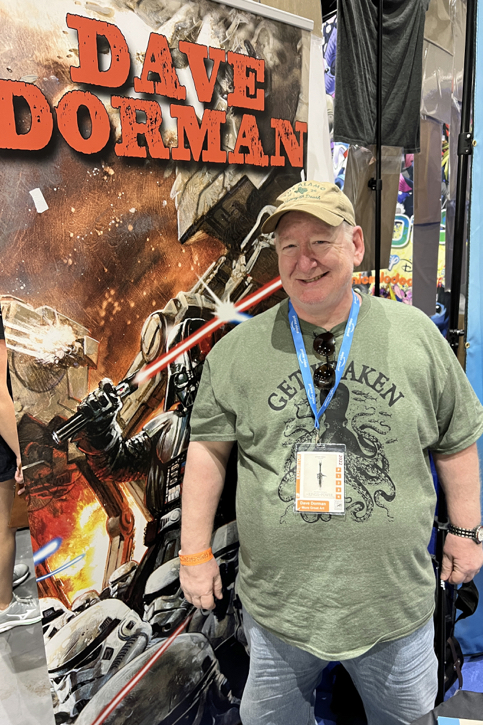






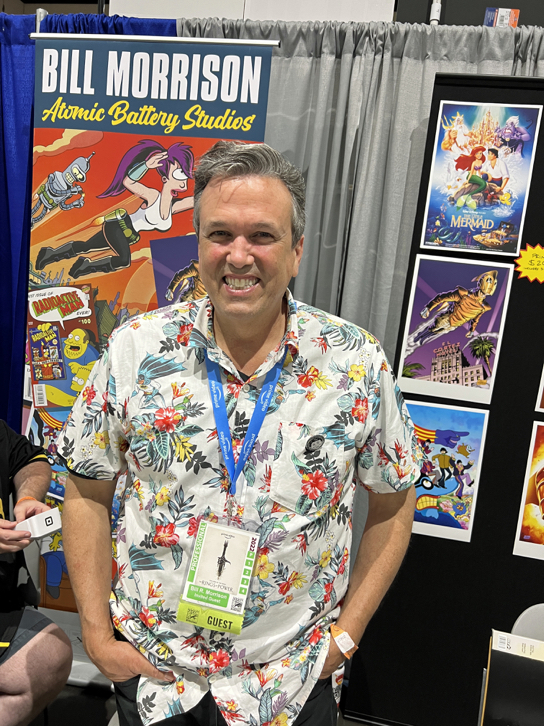





J.H. Williams III — I Knew Him When
Son of Superman (Graphic Novel), January 2000

Here’s a beautiful Superman page by the super-talented J.H. Williams, inked by his long-time collaborator Mick Gray. It’s an “Elseworlds” (imaginary, out of continuity) story when DC still published those.
Original art pages are artifacts of course, and fortunately, and this one relies on traditional inking methods, lettering and sound effects as opposed to digital enhancements to provide the final result.
I love Williams’ note to Gray in the top margin, explaining how he envisions the final look of the page. (It’s interesting that the colorist chose to reduce the dynamic splash effect in the water in the second panel. To each his own, I guess.)
Thaboom indeed!


Pete Poplaski — Atomic Age
Superman — Atomic Age Sundays Volume 3, December 2017

As described in a earlier post, Pete provided all the terrific covers for our DC superhero strip reprints for The Library of American Comics.
Pictured is a typical great example where Pete emulates legendary artist Wayne Boring — with some Curt Swan thrown in for good measure.
Oversized — and beautiful.
Fun Facts: (From the marketing copy):
Written by Alvin Schwartz and Bill FInger and Illustrated by Wayne Boring
The Man of Steel stars in thirteen classic adventures as the 1950s “Atomic Age” comes to a close. Some of the stories are original to the newspaper strip, while others were alternate versions of tales that were simultaneously published in the regular comic books. One of the featured adaptations is “Superman Versus the Futuremen,” written by Batman co-creator Bill Finger, which retells Superman’s origin. This concluding volume of Superman’s Atomic Age Sundays reprints all strips July 1, 1956 to October 11, 1959.



Wayne Boring — Final Milestone
Superman #200, October 1967
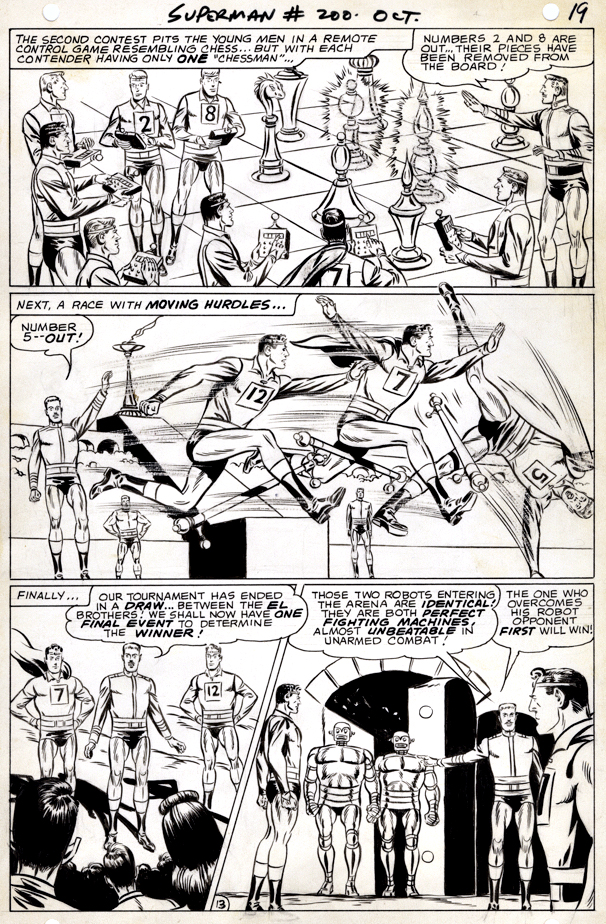
This art is from Wayne Boring’s final new story for DC comics for more than 20 years.
Boring, one of Superman’s truly legendary artists, was part of a group of creators that asked for pay rate increases, benefits and other employment improvements. So, naturally, DC fired them all.
It’s an oddball imaginary story with the end spoiler right there on the (Curt Swan) cover for kids like me to see. I had only been reading Superman comics for a short while, but I knew his Kryptonian origin by heart from TV and other media. So, I was intrigued by this alternative vision of The Superman legend.
I acquired this page whenI first started collecting art again about 15 years ago, and I haven’t seen one since.


Curt Swan & Murphy Anderson — Superman In Space
Action Comics #407, December 1971

I rarely get into bidding wars over a specific piece of art. As a well-know art dealer intones: “There’s always more art.”
This time, though, I got carried away.
Superman in space. Curt Swan and Murphy Anderson. Superman in every panel. A title page. An original Superman logo. And my peak era of buying comics from newsstands (late Silver Age, early Bronze age) without the benefit of comics conventions.
That is a lot of checkboxes. So, like I said, I got carried away.
Overpaid — but worth it.
Plus — and I love this — it has a Looney Tunes type joke in the monolugue. He made a wrong left turn a million miles ago? Seriously?


John Byrne — Look up…
Action #592, September 1987

John Byrne provides a terrific page from about the halfway point in his re-boot run of Superman.
(And no mainstream character was more in need of a reboot in the mid-80s than Superman.)
John of course provided nearly everything here: Story, script, pencils and inks. Keith Williams adds the background inks on buildings and such.
Byrne? Superman in every panel? That’s a keeper.







